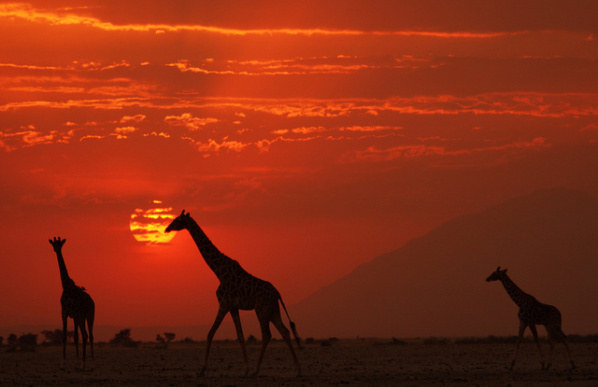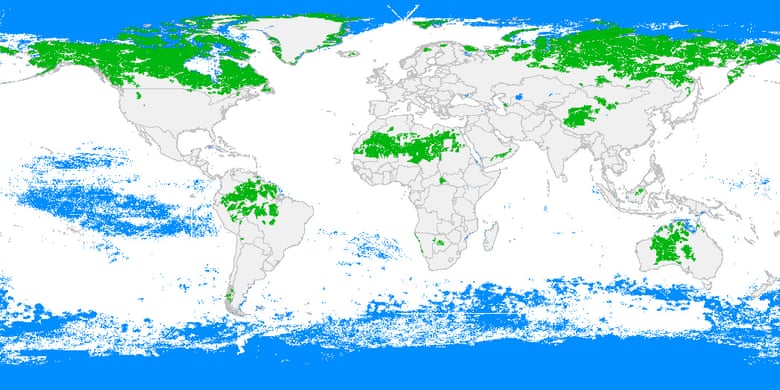U.S. farmers finishing their harvests are facing a big problem - where to put the mountain of grain they cannot sell to Chinese buyers.
Kenyans can celebrate food price relief, but they are not out of the woods
- Africa Continent
- Hits: 2151
However, while food price inflation eased from double digits in 2017 to 0.5% year on year in October following a general recovery in agricultural production, the country is not completely out of the woods.
Butterfly farming for commercial purposes has proven to be an appealing business venture. This is especially when you consider the fact that the returns start from Ksh. 70 and Ksh. 30 for an active pupae and a dormant one, respectively.
Ukraine sets grain output record
- Africa Continent
- Hits: 1691
Ukrainian farmers have harvested over 66 million tonnes of grain in 2018, which exceeds the record figure of 2016, according to the press service of the Ukraine Agrarian Policy Ministry.
While land reform has dominated South Africa’s headlines, it has also emerged as a major polarising issue in Namibia ahead of next year’s national election. Populist pressure, fears around the trajectory of the economy and uncertainty about how the process will be administered in Namibia have raised alarm, particularly among investors.
An opponent of environmental protectionism, a proponent of free markets and backed by Brazil's huge agriculture industry, in six weeks’ time President-elect Jair Bolsonaro will take office.
Newsletter Subscribe
AGRI NEWS NET "LIVE" FEED
- This was AGRI NEWS NET for today - Tomorrow at 6 am SA time you can start browsing the world of Farming and Agriculture in your hand. "Good" News you can Trust- Updated 7 days a week- bringing you the latest News in Farming and Agriculture from all over the world.
- Suid Afrika-Dwarsoor die wereld drink mense meer Koffie- en soos wat die lus toeneem kom daar al hoe meer soorte koffies op die mark en al hoe duurder. Die slim mense se koffie is nie gesond vir jou- en ander slim mense se weer drink en geniet. Koffie kos tussen R20 en R40 per koppie/houer. Die Chinese het hulle Tee opsy gestoot en drink nou meer koffie.
- With the world population projected to reach 9.8 billion by 2050 and with sub-Saharan Africa’s population expected to grow the fastest, overcoming the challenges facing 21st century agriculture is not an easy feat. South Africa is in DEEP trouble with CLEAN water -Let us assist you in getting CLEAN water to you house, Factory, Farm. We have all the knowledge
- -Wie kan warm wafels met yskoue roomys weerstaan, om van die lemoensous nie te praat nie!- met almal wat in en om die huis is- kan dit 'n lekkerte wees om iewers in die tyd te maak.
Popular News Tags
AGRI NEWS NET AUDIO CAST Feeding-
- The Influence and Consequences of the Import Tax Introduced on April 2, 2025, by the USA on South African Goods, Food, Fruit, and Wine
- Potato Production in the World in 2025: The Impact of Water, Climate Change, and Input Costs
- The Consequences of Uninformed Organ Removal:
- Young Farmers and Their Fathers in South Africa’s Family Farming Environment of 2025
- The Peanut Market in South Africa and Globally: Costs, Labor, Prices, and Climate Change
- The Women’s Voice Deliberation Competition 2025
- AGRI NEWS RUSH - News Headlines of the Week 28th March 2025
- Is BRICS the Alternative Market for AGOA?


















